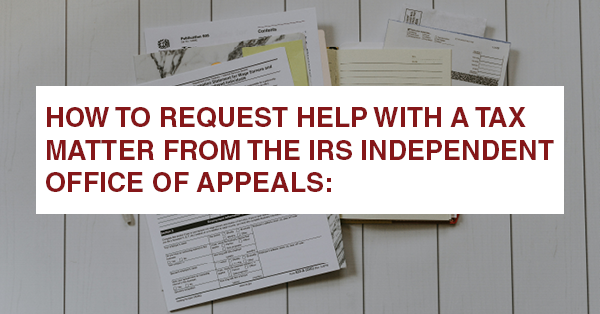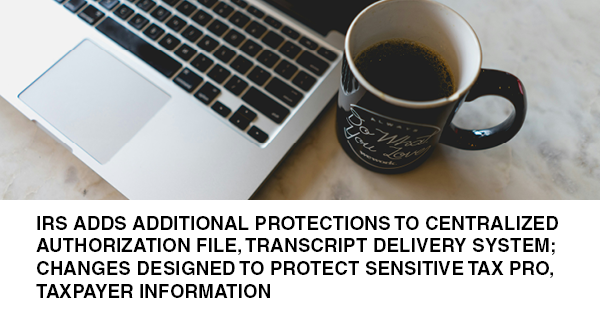CRYPTOCURRENCY STAKING REWARDS ARE INCOME:

Proof-of-stake is a protocol that allows persons who hold cryptocurrency to participate in the process of validating cryptocurrency by staking their holdings, if they hold the requisite number of units of a particular cryptocurrency. Persons may also participate in the validation process by staking their holdings through a cryptocurrency exchange.
Validators may be selected by the protocol for the blockchain associated with the specific cryptocurrency based on a variety of factors including the number of coins or tokens staked. These validators confirm transactions and add blocks to the blockchain in accordance with the protocol.
If a validator is chosen by the protocol and validation is successful, the validator will receive a reward. If a validator is chosen by the protocol and validation is unsuccessful, the staked units may be subject to penalty in the form of “slashing,” a process by which the staked units, or a portion thereof, are forfeited.
The IRS has issued a revenue ruling on when cryptocurrency staking rewards are income and in what year the income is included in the staker’s gross income. (Rev Rul 2023-74, 2023-33 IRB)
The ruling, issued on July 31, holds that when a cash-basis taxpayer stakes cryptocurrency “native to a proof-of-stake” blockchain and receives additional cryptocurrency as a reward at validation, the taxpayer must include in gross income the fair market value of the rewards in the tax year in which the taxpayer gains dominion and control over the rewards. The FMV of the rewards is determined as of the date and time the taxpayer gains dominion and control over the rewards.
The ruling discusses the following facts:
- Robert receives 2 units of cryptocurrency Ethereum for staking units and validating transactions on the Ethereum blockchain. On Date 3, Robert gains the ability to sell, exchange, or otherwise dispose of the 2 Ethereum units. Thus, on Date 3, Robert has dominion and control over the 2 Ethereum units. As a result, Robert must include the FMV of the 2 Ethereum units in the tax year that includes Date 3.




